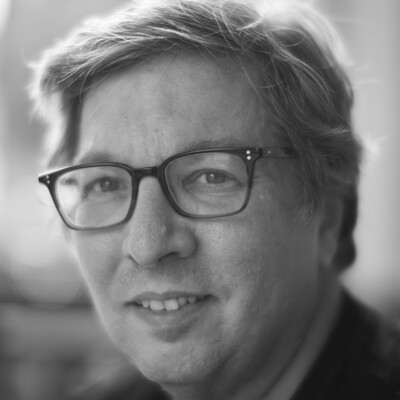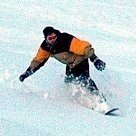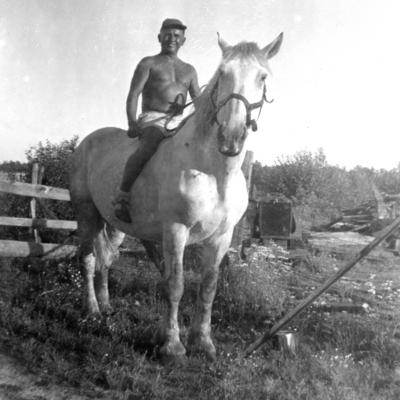Commuter Trains, Ewing (West Trenton), NJ, 2010.
Too many pixels, all crowded together, at https://www.flickr.com/photos/mattblaze/4377309058/
#photography
This was captured with a DSLR and a 400mm lens, which contributed to the compressed perspective. The conductor boarding the leftmost train is essential to the composition, I think.
Ewing, NJ (“West Trenton”) is the last stop on SEPTA’s commuter trains from Philadelphia on the former Reading Railroad’s line to northern NJ. CSX freight trains still use the tracks north of the station, beyond the end of the overhead electrified wiring used for passenger service.
@mattblaze@federate.social The conductor is a very nice element, but imho it would have been a great shot even without: the geometry of the straight lines is striking, especially in b&w.
Very long lenses like the 400mm, with their narrow field of view, are essential for some compositions (such as this one), but I find I only rarely actually use them. In fact, the longest lens I have for my main medium format camera system is 180mm (which yields the 35mm equivalent view of about a 120mm), and I hardly ever use even that for the most of the photography I do.
For wildlife photographers, on the other hand, 400mm is practically a wide angle.
One of the challenges of very long lenses is that they tempt you to compose images of subjects that are very far away. But the farther away something is, the more the atmosphere can distort the image. The effects of heat distortion, pollution, humidity, and weather are amplified across longer distances, no matter how sharp the lens is or how high resolution the sensor.
@mattblaze@federate.social My astronomer friends might disagree that atmospheric effects are greater the further the astronomical subject.
But aside from my poor (very poor) joke, has anyone doing terrestrial photography adopted the technique used by astronomers of using a laser beam to do real time measure of atmospheric conditions and use that either in real-time lens/mirror adaption or post processing?


